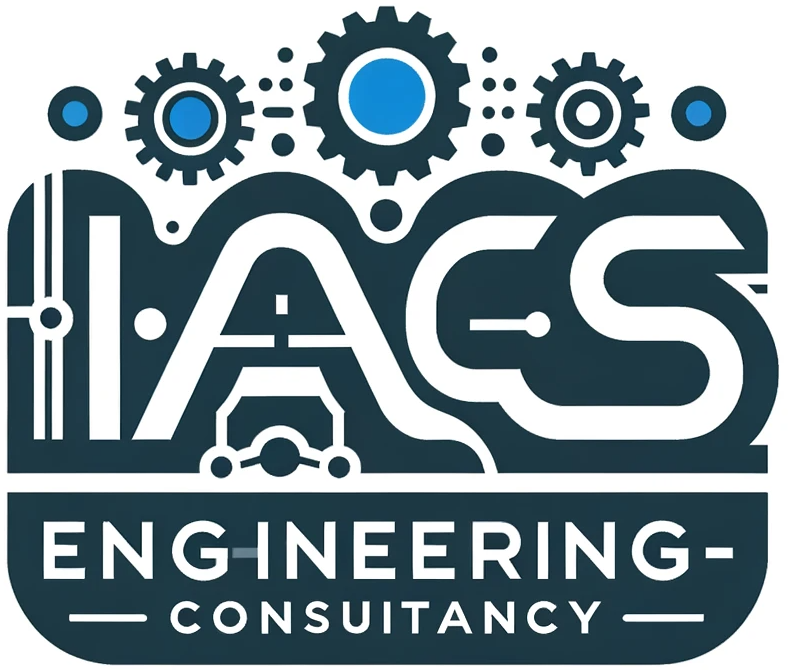For manufacturing enterprises, the disconnect between ERP and MES systems is a significant operational bottleneck. Orders are delayed, data is inconsistent, and decision-making becomes reactive rather than proactive. True digital transformation requires a seamless, bidirectional flow between business planning and shop-floor execution. This guide presents a practical, step-by-step, standards-based approach from a systems integrator’s perspective, highlighting ISA-95, B2MML, and critical implementation considerations for real-world success.
1. Understanding the Disconnect
ERP and MES exist on separate planes:
| System | Purpose | Questions Answered |
|---|---|---|
| ERP | Business Planning (SAP, Oracle, Dynamics 365) | What to produce? When? What materials are required? |
| MES | Shop-Floor Execution (Wonderware, Ignition MES, Siemens Opcenter) | How is it being produced? Why did we miss a target? Who was involved? Actual material consumption? |
Symptom:
ERP shouts instructions to the factory, but MES delivers delayed or inaccurate feedback. The result is “broken conversation”, causing inefficiency, waste, and reactive decision-making.
2. Solution Framework: ISA-95 + B2MML
ISA-95 (IEC 62264) provides a vendor-neutral, standardized framework for mapping ERP and MES interactions.
- Why ISA-95?
- Vendor-agnostic: Works across SAP, Oracle, Ignition MES, Siemens Opcenter
- Common definitions: Equipment, Personnel, Material, Product Segment
- Reduced custom code: Avoid fragile point-to-point scripts
B2MML (Business To Manufacturing Markup Language) implements ISA-95 as XML schemas for data exchange.
Practical Integration Conversations:
| Direction | Trigger | B2MML Schema | Data Included |
|---|---|---|---|
| ERP → MES | Planned order released | Work Order | Order ID, Product ID, Quantity, BOM, Start/End time, Recipe instructions |
| MES → ERP | Order events (start, complete, scrap) | ProductionPerformance | Actual quantity, scrap, status (Running/Held/Complete), OEE |
| MES → ERP | Material consumption | MaterialActual | Material ID, consumed quantity, lot, associated order |
| ERP → MES | Update records | MaterialDefinition, Personnel, Equipment | New material specs, operator lists, equipment capabilities |
Actionable Tip: Start by mapping 3–5 critical conversations before expanding to full integration.
3. Implementation Playbook: Step-by-Step
Phase 1: Discovery & Scoping
- Action 1: Identify high-value data exchanges (start with Work Order Download + Production Completion).
- Action 2: Map current vs. target processes (“as-is” vs. “to-be”). Identify manual steps, bottlenecks, and information gaps.
- Action 3: Audit systems for ISA-95/B2MML support. If absent, plan a middleware hub (Node-RED, MuleSoft, Azure Logic Apps, Ignition).
Phase 2: Architecture & Design
- Pattern Choice: Prefer message-based or pub/sub architectures for resilience over point-to-point connections.
- Canonical Model: Extend B2MML consistently to accommodate plant-specific data. Middleware manages the “single source of truth.”
- Error Handling Checklist:
- Retries for failed transmissions
- Dead-letter queues for persistent failures
- Alerts for IT/OT teams
Phase 3: Development & Testing
- Connector Build: Implement interfaces in middleware or natively.
- Simulate First: Use Postman or custom scripts to mock ERP/MES messages. Test for:
- Missing or malformed fields
- Network interruptions
- Out-of-sequence events
- Pilot Rollout: Start on a single line or cell. Validate:
- Accuracy of order execution
- Material tracking and inventory updates
- Real-time reporting to ERP
Phase 4: Deployment & Sustenance
- Phased Rollout: Gradually expand integration across lines/plants.
- Run Books: Document data flows, alert thresholds, recovery steps.
- Continuous Improvement: Leverage data to enable:
- Predictive material replenishment
- Dynamic scheduling
- KPI-driven shop-floor optimization
4. Real-World Pitfalls and Considerations
- Stakeholder Alignment: IT owns ERP, OT owns MES. Mediating B2MML schema decisions is critical.
- Data Quality: ERP errors propagate to MES. Use integration as an opportunity for data governance.
- Cybersecurity: Ensure industrial DMZs, encrypted communications (HTTPS, MQTT/TLS), and strict access controls.
- Change Management: Train operators and planners on real-time processes. Emphasize the shift from manual reporting to automated, actionable insights.
5. Practical Value Delivered
- Real-time visibility into production, material, and labor
- Reduced scrap, downtime, and planning errors
- Closed-loop feedback from shop floor to top floor
- Scalable integration platform ready for future digital initiatives
6. From Cost Center to Strategic Enabler
ERP-MES integration transforms manufacturing from reactive to proactive, turning delayed reports into real-time insights. The systems integrator becomes a translator, architect, and guide, translating the ISA-95 standard into operational reality. The result: agile manufacturing, optimized resources, and a measurable competitive advantage.
